The process of hardening off is crucial to ensure the smooth transition of your plants from a controlled indoor environment to the unpredictable conditions outside. In this blog, we will explore the importance of hardening off, step-by-step instructions, and some useful tips to help your plants thrive.
Importance of Hardening Off Seedlings

Hardening off is the gradual acclimation process that prepares your indoor-grown plants for the outdoor environment. Seedlings that have been sheltered indoors are not accustomed to the harsh conditions they may face outside, such as temperature fluctuations, wind, intense sunlight, and variations in humidity. By gradually exposing them to these outdoor conditions, you allow them to adapt and strengthen, reducing the risk of transplant shock and increasing their chances of survival and productivity.
When to Start Hardening Off Seedlings

Typically, you should begin the hardening-off process approximately one to two weeks before the intended transplant date. The exact timing may vary depending on the plant species and your specific growing region. As a general rule, wait until the danger of frost has passed and daytime temperatures consistently reach above 50°F (10°C). Check your local weather forecasts and consult planting guides for specific recommendations.
Step-by-Step Guide to Hardening Off:

Follow these steps to ensure a successful hardening-off process for your vegetable and herb seedlings:
Step 1: Gradual Exposure to Sunlight
Start by placing your plants in a shady or partially shaded area outdoors for a few hours each day. Begin with one to two hours and gradually increase the exposure time over the course of a week. This step helps the plants adjust to the increased intensity of sunlight and prevents sunburn and leaf damage.
Step 2: Introduce Wind Exposure
After a few days of sunlight exposure, it's time to subject your plants to gentle outdoor breezes. Place them in a sheltered, yet slightly breezy location for a few hours each day. Gradually increase the duration and intensity of wind exposure over the next few days. This step helps strengthen the stems and prepare the plants to withstand strong winds.
Step 3: Extend the Time Outdoors
As your plants grow more accustomed to sunlight and wind, gradually extend their outdoor stay. Allow them to remain outside for longer periods, increasing the time by a few hours each day. Ensure the plants are protected from extreme weather conditions, such as heavy rain or strong winds, during this phase.
Step 4: Overnight Stays
After about a week of outdoor exposure, your plants should be ready for overnight stays outside. Choose a mild night without frost and place your plants outside in a protected area. Be prepared to bring them indoors if the weather takes an unexpected turn. Repeat this process for a few nights to help the plants adapt to cooler temperatures.
Step 5: Final Transplantation
Once your plants have successfully completed the hardening-off process, they are ready for transplantation into the garden. Choose an appropriate location, prepare the soil, and transplant the seedlings following the recommended guidelines for each plant species. Water the newly transplanted seedlings gently and continue to monitor their progress.
Additional Tips for Successful Hardening Off:

- Plan ahead: Create a hardening off schedule to track the gradual exposure and ensure consistency.
- Observe the weather: Avoid exposing your plants to extreme conditions, including heavy rain, frost, or excessively hot days.
- Gradual temperature adjustment: If your area experiences significant temperature variations, gradually expose your plants to different temperatures during the hardening-off process.
- Protect from pests: Keep a close eye on your plants for signs of pests and provide appropriate protection if necessary.
- Watering and fertilization: Adjust watering and fertilization practices to suit the changing needs of your plants during the hardening-off phase.
Hardening off your vegetable and herb seedlings is a vital step towards their successful establishment in the outdoor garden. By gradually exposing them to the elements, you allow your plants to adapt and thrive in their new environment. Remember to be patient, observe your plants closely, and make adjustments as needed. With proper hardening off, your plants will have a greater chance of flourishing and providing you with a bountiful harvest throughout the season. Happy gardening!


 Sign In
Sign In




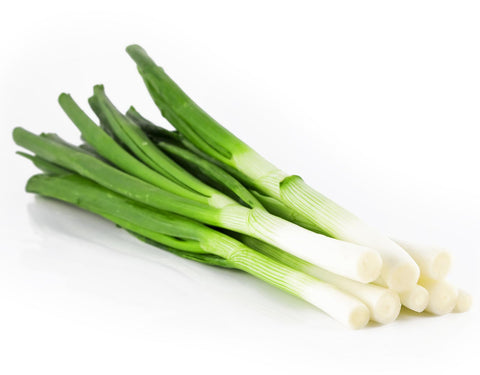

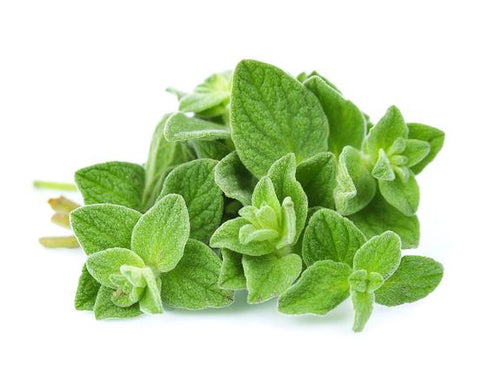
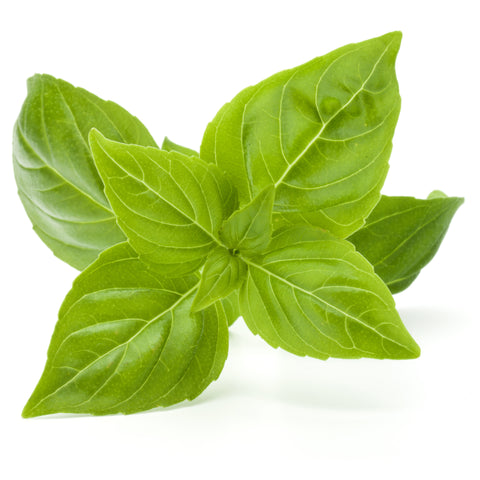
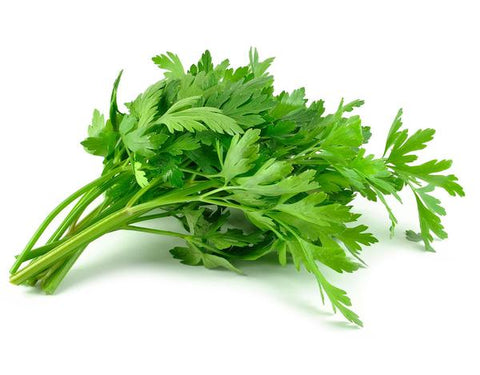
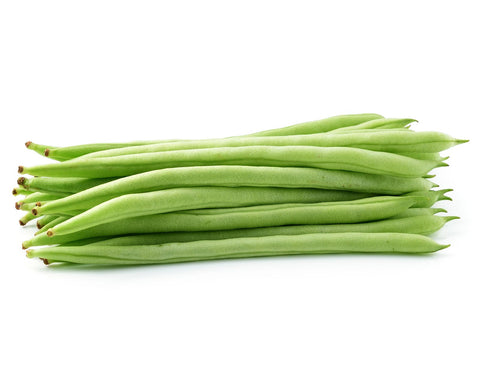
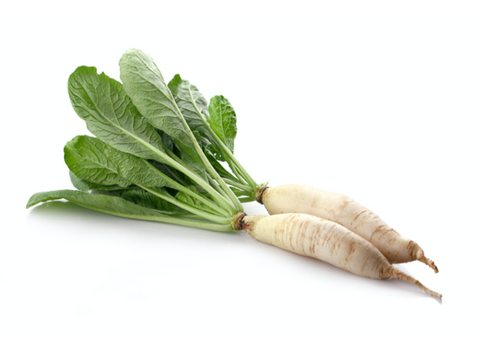
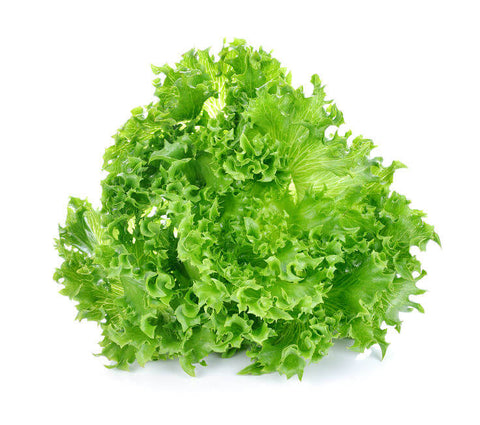
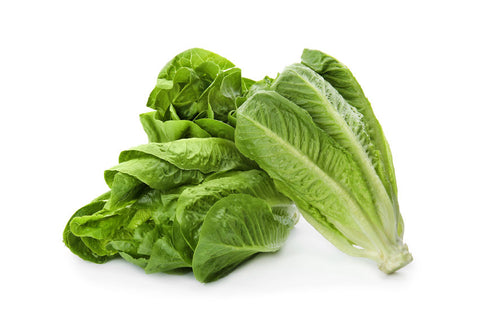
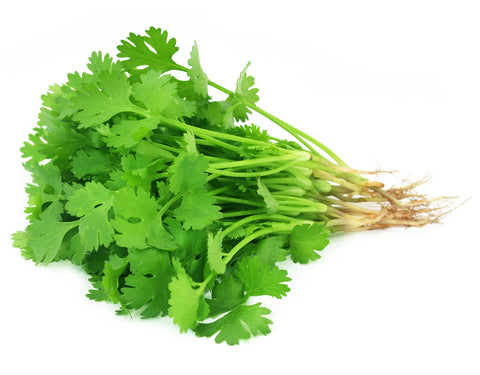
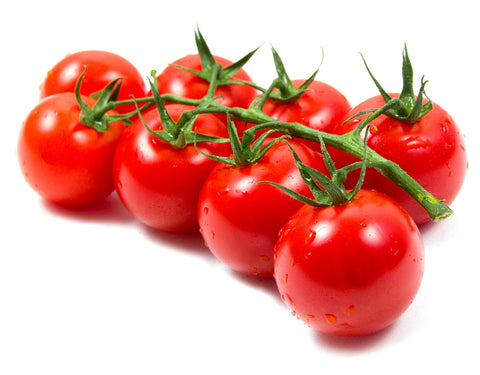






Let us know your feedback
* Comments must be approved before being displayed.